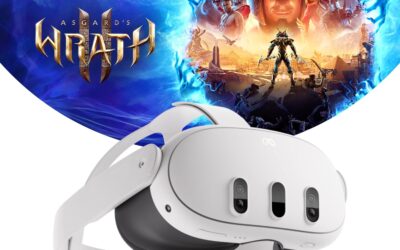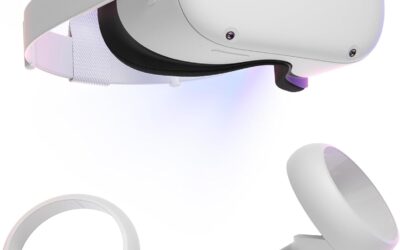The Nintendo Switch, introduced in March 2017, transformed portable gaming, offering console-quality experiences on the go, a concept previously unimaginable. Now, in 2024, as the Switch celebrates its seventh anniversary, it remains Nintendo’s flagship console. However, many wonder if it’s still a worthwhile purchase and which model suits them best.
Despite rumors of a successor, often referred to as the Switch 2, there’s been no official announcement from Nintendo. Speculation persists, fueled by the Switch’s aging hardware compared to newer gaming technology. While recent releases like “Tears of the Kingdom” and “Mario Wonder” showcase the Switch’s capabilities, its limitations are evident. Nintendo’s silence on a release date leaves consumers in limbo, unsure whether to buy now or wait for a potential upgrade.
Rumors suggest a possible release in late 2024, but nothing is confirmed. With over 130 million units sold, Nintendo is undoubtedly planning for a successor, but the timing remains uncertain. Should you wait or buy now? That’s the question, and unfortunately, there’s no easy answer.
Worth buying in 2024?
The Nintendo Switch in 2024 offers unparalleled value, with occasional hardware sales and an extensive game library that includes iconic titles like Zelda and numerous Mario games. Despite Nintendo’s games rarely receiving price reductions, the variety of available games spanning the past seven years is remarkable.
Even if a Switch 2 were to debut soon, there’s still an abundance of content to enjoy on the current model. Therefore, purchasing a Switch in 2024 remains a worthwhile investment, driven by the enjoyment of the games and the device’s outstanding portability. Although battery life may be a concern, particularly for early model Switches, those who have not yet adopted the Switch should consider doing so.
Conversely, current Switch owners seeking an upgrade should hold off for the anticipated Switch 2, which is expected to offer significant improvements and backward compatibility. Whether you’re new to the Switch or contemplating an upgrade, there are compelling reasons to consider purchasing decisions carefully in 2024.
Switch Lite
The Nintendo Switch Lite, released in 2019, features built-in Joy-Cons, providing a comfortable portable gaming experience. While the display may not match the OLED model’s quality and the device is smaller, it still offers a great gameplay experience. However, its battery life is slightly inferior, lasting 3 to 7 hours compared to 4.5 to 9 hours on the more expensive models.
Despite these drawbacks, it’s an excellent choice for individuals seeking a portable console, especially as a secondary Switch for personal use. It’s significantly cheaper than other options and ideal for those unwilling to wait for the Switch 2. However, it lacks TV functionality, limiting its versatility.
Nonetheless, for the right person, particularly those seeking individual usage, the Switch Lite is worth considering. Additionally, it offers cloud save compatibility with other Switch devices, making save transfers quick and easy.
Switch vs Switch OLED
When comparing the standard Nintendo Switch to the Nintendo Switch OLED, priced differently, the differences are straightforward. The OLED model, introduced in 2021, features a larger OLED screen that delivers significantly more vibrant and robust colors, enhancing the overall portable gaming experience.
While the resolution remains the same at 720p, the OLED display offers true blacks due to its ability to turn off individual pixels, resulting in superior contrast compared to LCD screens. For an additional $50, the OLED model offers a visually striking upgrade, with thinner bezels and a sleeker design, making it feel more modern. However, both consoles share the same hardware, graphics, game library, and battery life, with the main difference lying in the display.
Therefore, if color accuracy and portability are priorities, the OLED model is worth the investment. Nevertheless, if these factors are not crucial or if primarily playing on a TV, opting for the standard model and saving $50 may be a sensible choice. Additionally, the OLED model boasts double the internal storage at 64 GB, providing added value, although the difference can be mitigated with inexpensive microSD cards.
It’s important to note that the “original” Switch model refers to the updated variation released in 2019, featuring improved battery life compared to the 2017 version. The updated Nintendo Switch model released in 2019 was a welcomed improvement, particularly for new buyers, offering better battery life at no additional cost.
The original white box models from 2017 are highly desirable due to their ease of hacking compared to the more locked-down newer models. These original models provide greater flexibility for customization and experimentation, but caution is advised, and any modifications should be done at one’s own risk.
Conclusion
It’s conceivable that Nintendo may continue selling one or more of these consoles even after the release of the Switch 2. The Switch Lite, in particular, could remain a viable option due to its solid value proposition, potentially replacing the Nintendo 3DS as the company’s entry-level portable console.




